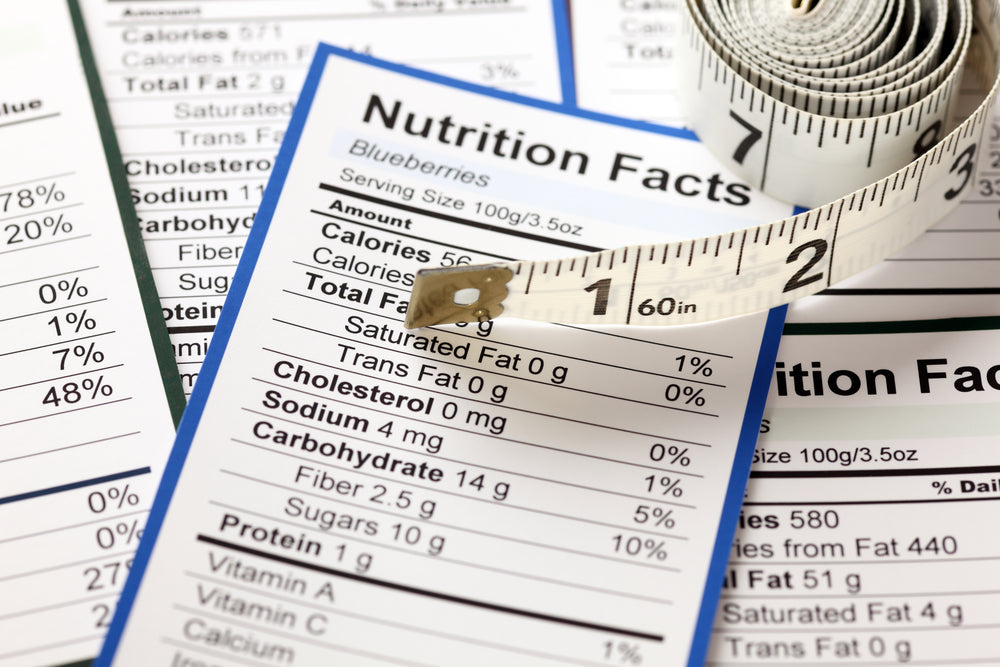Perhaps your New Year's resolution is to eat healthier this year. Eating healthy doesn't just mean counting calories and carbs; it also means looking out for foods that have been ultra-processed.

Many ultra-processed foods are marketed as "healthy" options but the formulations of these products include ingredients that make us want to eat more of the product and are linked to many illnesses including cardiovascular disease. Here are some tips for spotting ultra-processed foods.
Look for the '-ose': If the label has items such as sucrose, fructose, maltose, glucose or dextrose, those are just fancy names for added sugars.
Long list of ingredients: If that ingredient list reads like a novel, then it's likely ultra-processed. Look for simple labels that have fewer than five ingredients.
Dyes, stabilizers, emulsifiers and thickeners: Those scientific-sounding names are a red flag for a product being ultra processed. Preservatives are used to give them long shelf life and dyes are included to make them more appealing. Emulsifiers improve the texture and keep ingredients from separating.
Instant offerings: Instant products are heavily altered which means they are broken down from their natural form considerably.
If reading labels seems like a time-consuming and overwhelming task, there is a free app that will do that for you. The Yuka app will read the label for you and populate a rating that details any harmful added ingredients making it much easier for you to make your food choices.
The bottom line is that working towards eating healthier goes beyond the number of calories and carbs and being informed and checking labels can help you achieve your goals.














